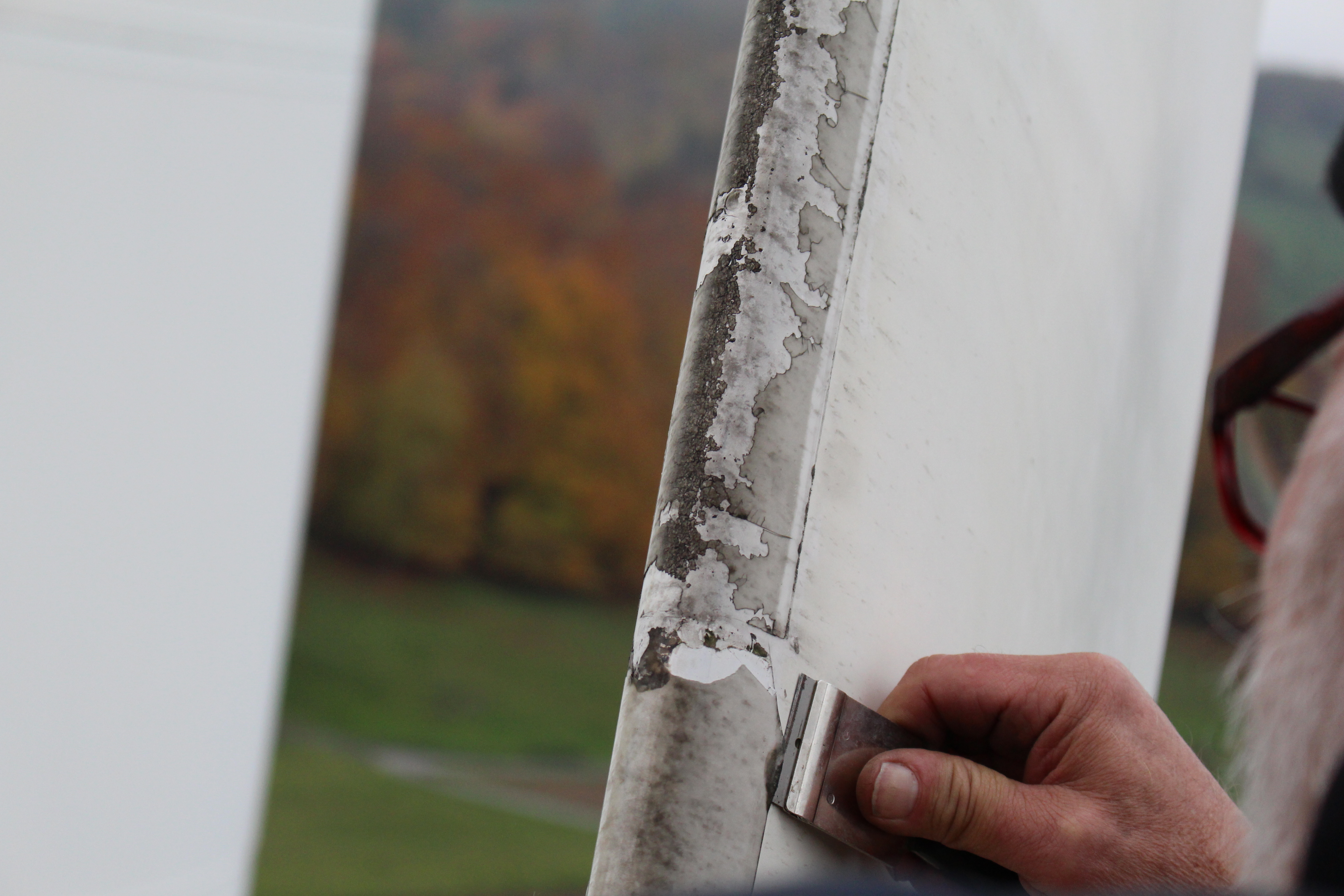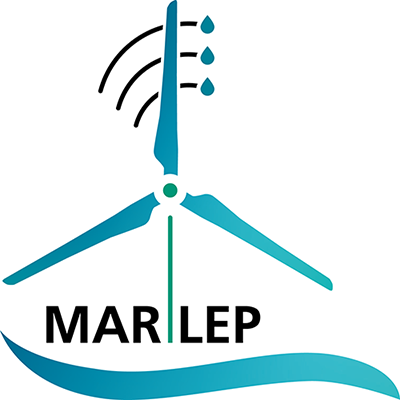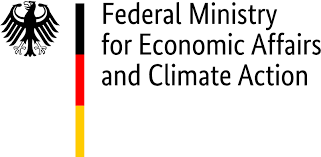MARiLEP - joint project for material and repair innovations for offshore leading-edge protection systems
Wind energy is an important pillar for the energy transition. The expansion of offshore wind energy in the North and Baltic Sea plays a central role. However, offshore wind turbines are exposed to extreme weather conditions, which can cause damage such as erosion to the coatings on the leading edges of the rotor blades. Due to the high relevance of the leading edges for the aerodynamic performance of the turbines, erosion on the leading edges is one of the most common reasons for loss of yield and repairs to wind turbines. The joint project MARiLEP aims to achieve a significant improvement in the reliability and service life of leading edge coatings for wind turbines.
Development of long-lasting coatings is necessary
The service life of current leading edge protection systems for wind turbines is typically significantly shorter than the operating time of the wind turbines. Initially, there are slight roughenings in the blade tip area during operation. According to the current state of research, these already lead to initial losses in yield. With advancing damage to the leading edges, the loss of yield reaches single-digit percentage values. Damage to the coating system can quickly lead to significant structural damage in the leading edge laminates after complete failure of the leading edge coating. In rare cases, the subsequent repairs require a longer downtime of the turbines. And even if yield losses of one to two percent due to minor erosion damage do not appear significant, the beginning damage has a greater impact on the profitability of wind turbines and can amount to around 10,000 euros per year. In addition, the costs for multi-day repairs per turbine are between 2,000 euros per day for onshore and 20,000 euros per day for offshore installations. Accordingly, the development of reliable long-lasting coating solutions is one of the key technical aspects for modern wind energy.
Offshore wind turbines are subject to special stresses
An essential parameter for the damage to the blade tips is the blade tip speed. For onshore wind turbines, this is often around 80 m/s, for offshore turbines even around 95 m/s - each with a tendency towards even higher speeds. The expected damage is a power function of the blade tip speed. Accordingly, the rotor blade coatings of offshore turbines are exposed to significantly stronger erosive stresses than those of onshore turbines. In addition to the blade tip speed, the aging of the coatings is also influenced by climatic conditions such as possible particle erosion, salt exposure, and UV radiation. The repair of offshore wind turbines is also a special challenge. Due to offshore weather conditions, only narrow time windows are available for this. In addition, high costs for maintenance operations arise due to charter fees and safety measures.
Solutions for increasing the service life of leading edge coatings
In order to increase the service life of wind turbines, it is therefore necessary to better understand the damage mechanisms under offshore operating conditions, develop economic and application-oriented repair concepts for existing installations, and develop new coating solutions with innovative approaches. This is where the MARiLEP research project comes in. The aim of the project is to achieve a significant improvement in the reliability and service life of the leading edge coatings of wind turbines. Within MARiLEP, solutions will be developed on different technology paths to reduce operating and energy generation costs through a significant increase in the service life of the leading edge coatings. The scientific basis for this is the knowledge gained about the aging processes of the coatings on offshore rotor blades.
The following technological sub-goals are pursued in the MARiLEP joint project:
- Investigation of the rain erosion and aging behavior of leading edge protection systems under offshore conditions (especially "multi-effect load collectives")
- Development of offshore anti-erosion coatings
- Development of self-healing coatings
- Development of polymeric semi-finished products for field repairs with large application windows
- Development of galvanically formed metal protection systems
- Development of repair and maintenance concepts for offshore park operation
- Validation and evaluation of anti-erosion concepts on offshore installations
The project thus greatly supports the political goal of the economic utilization of renewable energy sources.
Project partners:
- Fraunhofer IFAM (project coordination)
- Coroplast
- EnBW
- Fraunhofer IWES
- Freilacke
- GalvanoPro
- Muehlhan Holding GmbH
Project duration:
May 1, 2023 to April 30, 2026
 Fraunhofer Institute for Manufacturing Technology and Advanced Materials IFAM
Fraunhofer Institute for Manufacturing Technology and Advanced Materials IFAM

